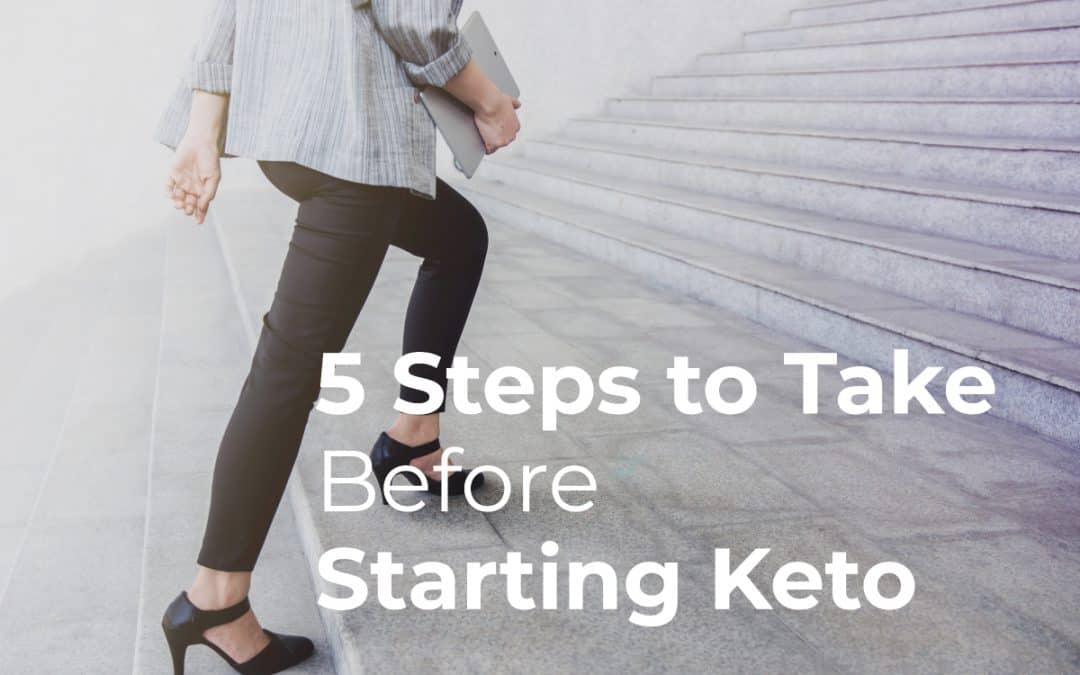The keto diet, everyone’s favorite low-carb and high-fat weight loss plan, can be an overwhelming beast to start with. It is, after all, likely quite different from the way you’re currently eating, even if you’re already maintaining a reasonably healthy lifestyle.
But, having a bit of a learning curve, many of us flock to it. Its ability to help us lose weight is undeniable.
By putting us in a state of ketosis within a few days of starting it, the keto diet results in your body burning fat instead of carbs for energy. This process leads to increased weight loss. In some cases, it may even be useful in controlling diabetes.
If you are considering keto to lose weight, or for any of its other potential health benefits, you need to prepare. You’ll have to change your eating style and habits – both mentally and physically.
Below are a few great tips to get you started on your journey, stay on track, and achieve the best results you can.
- Know What Foods to Eat
The keto diet is very restrictive in terms of what you can have. You’ll probably want to start with 20-30 grams of carbohydrates per day.
Remember that the only truly carb-free foods are meat and pure fats, such as oils (olive and coconut) and butter.
- Get Used to Less Carbs and More Fats
Fruit may be good for you, but much of it contains carbs. The same is true for beans, which are a great source of protein but are also high in carbs.
You’re going to replace most carbs with fat. That’s an adjustment in thinking for most of us. Over the years, we’ve been taught to stay away from high-fat content food.
- Understand the Potential Side Effects
If you know anyone who follows a keto plan, you’ve probably already heard of the “keto flu.” It’s what may happen in the early days of the diet, as your body begins to adjust to burning fat instead of carbohydrates for energy.
Some people manage this time well. Others feel sluggish, overly tired, and lack the energy to accomplish even simple tasks.
This low-energy side effect passes in a few days as your body adapts, but it can be frustrating. For this reason, avoid starting the diet during an incredibly busy or stressful time in your life.
Other complications can include headaches, muscle loss, constipation, and disruption to the menstrual cycle, but most side effects can be minimized with careful planning and preparation.
- Get Better at Cooking
If you choose to follow a keto diet, you’ll probably find it a good idea to eat at home as much as possible. It may be challenging to eat out frequently and remain faithful to the plan.
There is an abundance of keto-friendly recipes and meal plans at your fingertips. But, you’ll want to plan out meals carefully because your trips to the grocery store are going to change.
When putting together a shopping list, add spinach, salmon, olive oil, avocados, and almond butter. You’re looking for foods that are high-fat and high-protein, while low in carbohydrates.
Also, add nuts and flax crackers that don’t include wheat and other questionable ingredients. Many of the high-carb foods we enjoy eating, like chips, have that satisfying “crunch” factor. Flax crackers and nuts can deliver the same satisfaction while staying true to the plan.
- Have a Post-Keto Plan
The keto diet is not intended to be a long-term diet and could pose a severe health risk for people who follow it too long. However, that doesn’t mean that after losing your desired weight, you should resume your prior eating habits.
A useful aspect of following a keto diet is that it instills discipline – you have to pay close attention to what you buy and what you eat. People who maintain that type of control as they transition off the keto diet stand a far better chance of keeping their weight loss.
Come up with a balanced plan to reintroduce foods with good carbs, such as whole grains, starchy vegetables, and fruit.
There isn’t a cookie-cutter approach to the appropriate amount of carbs – everyone is different. Start by figuring out a daily number of carbohydrates that allow you to eat a greater range of foods but can maintain your weight and feel healthy.

